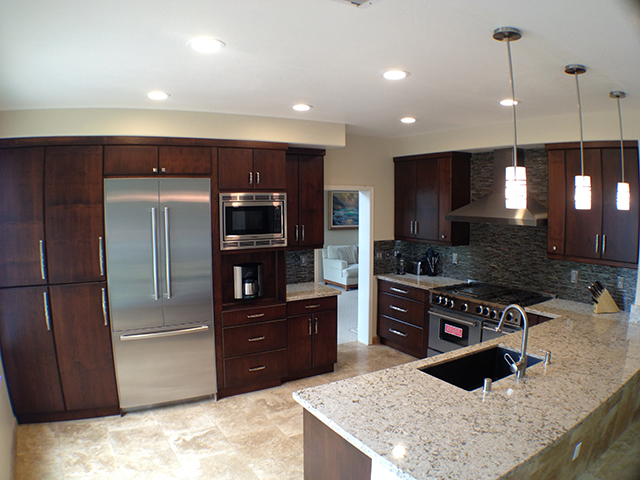There are many ways to improve a home, but replacing the siding with high-quality fiber cement planks could be one of the best options around. Fiber cement siding has dimensional stability. This means that these materials do not swell, warp or twist like wood and wood based products tend to do. Dimensional stability also means that paint applications are much more durable and could last as long as fifteen years before fresh paint is required. Plus, there is very little need for sanding or scraping when it is time to apply the paint. This could be why many people recommend a fiber cement siding installer in San Antonio TX when it is time to upgrade a home.
Products made from fiber cement use a mix of cement, sand, cellulose fibers and sometimes a few proprietary fillers. Fiber cement is used in a variety of construction materials such as window frames, roofing shingles and tile underlays, but the most common uses are trim and siding.
One reason that fiber cement is the preferred choice for siding is that it is very fire resistant. Letting a Fiber Cement Siding Installer in San Antonio TX clad the home with quality siding and trim provides excellent protection from external sources of fire. Combine this with fiber cement tiles on the roof and it may be possible to get a discount on home fire protection. Of course, insurance policies vary so it may pay to discuss this with a reliable insurance agent.
Another benefit to fiber cement products is that they are pest resistant. This means that rodents have a tougher time biting through the material and termites cannot find a decent source of food. Fiber cement planks and shingles can be extremely durable. This is partly because they are made using a slurry mixture of all the ingredients. The slurry is placed in thin layers as the sheets are made and the texture is added during this process.
Once the right thickness is reached, the sheets are cut to size. The final step is curing the material in an autoclave. The use of steam and pressure cures the product in about a day and the whole manufacturing process takes about 36 hours. Get more information about siding installation from these experts.





